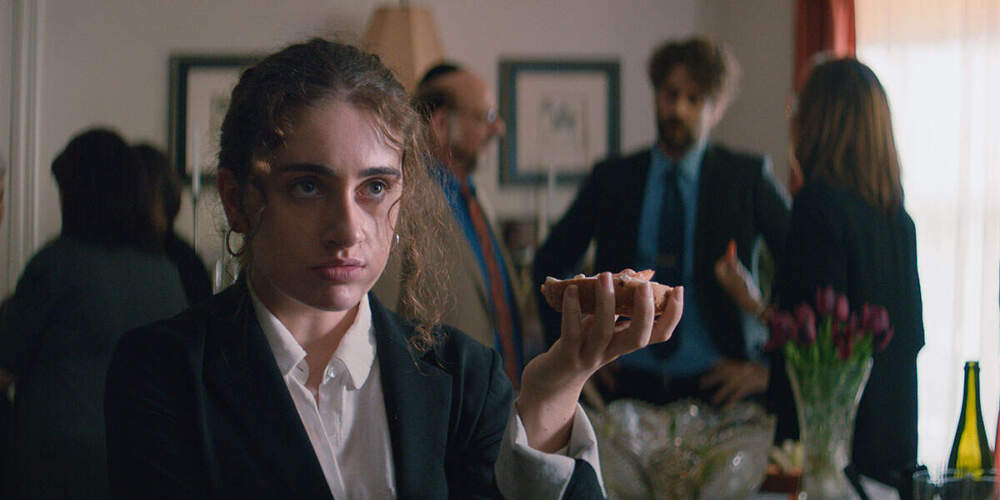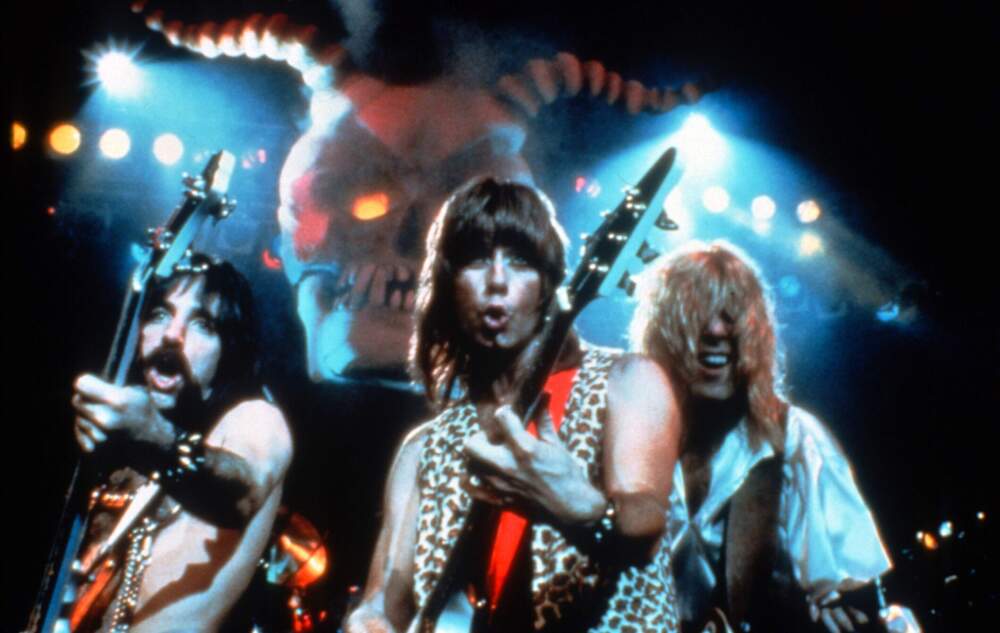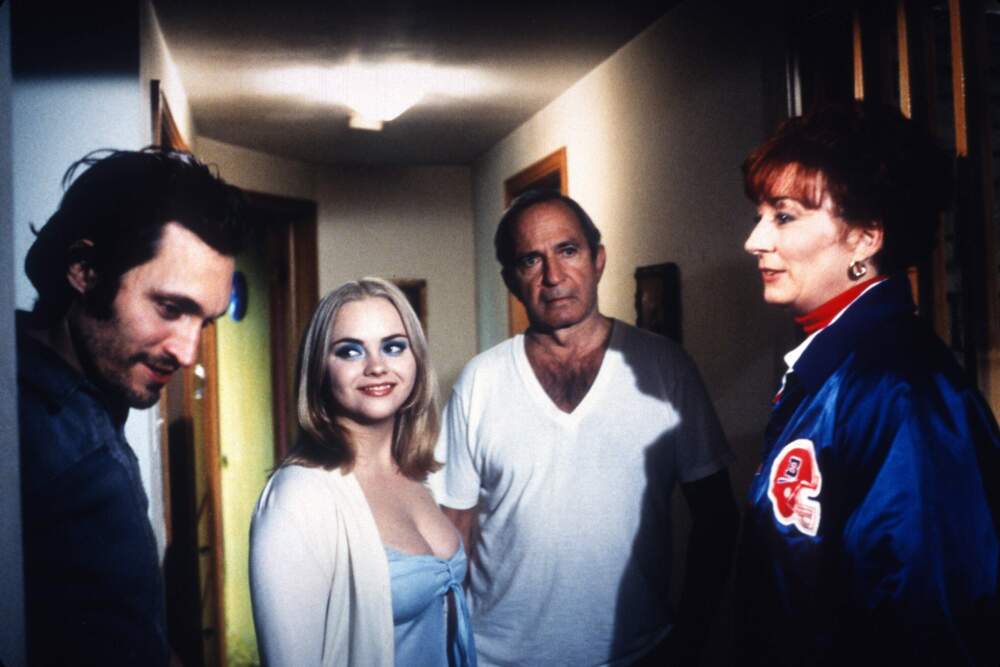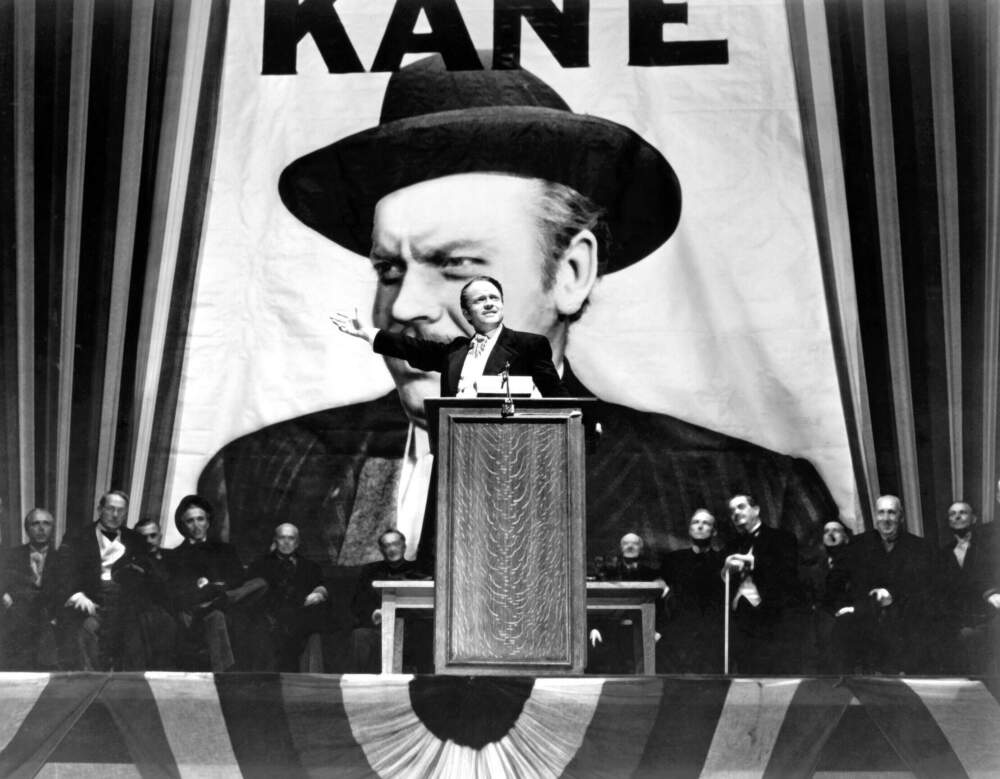Advertisement
The Coolidge showcases 'Big Screen Debuts' of prominent directors

In his indispensable 1995 memoir and how-to manual “Making Movies,” the great director Sidney Lumet offered some consoling words for first-time filmmakers: “The first movie is its own justification, because it’s the first movie.” (Easy for him to say, his first movie was “12 Angry Men.”) Not everybody comes out of the gate with a stone cold masterpiece, but a surprising number come pretty close. Debut features arrive in all shapes, sizes and colors of the rainbow, as we can see from a wonderfully extensive retrospective running at the Coolidge Corner Theatre over the next few months in celebration of the venue’s upcoming January expansion.
“Big Screen Debuts” offers primetime screenings of seven formidable first films during the month of December, with another 10 terrific freshman efforts included in the Coolidge After Midnite series. “I thought it'd be neat to put together a program of great films from first-time directors to coincide with the debut of our new theater spaces,” says Mark Anastasio, the Coolidge’s director of special programming. “Just flat-out, jaw-dropping feature film debuts. We're hoping to make that kind of first impression when we open to the public.”
This month’s selections kick off on Friday, Dec. 1 with a new 35mm print of George Romero’s 1968 “Night of the Living Dead,” a movie that didn’t just launch the Pittsburgh filmmaker’s career, but invented an entire genre. One of the most auspicious spawns of Romero’s classic screens the following evening, Sam Raimi’s original 1981 “The Evil Dead” is the future “Spider-Man” director’s first run through the Necronomicon with his favorite cinematic punching bag, Bruce Campbell. More recent killer horror debuts include Jennifer Kent’s 2014 parenting nightmare “The Babadook” and Jordan Peele’s scabrously funny 2017 “Get Out,” the rare fright flick to win an Oscar by combining scares with sly social commentary and an instantly iconic shot of Allison Williams segregating her Froot Loops.

Some directors take time to find their signature style, others seem to arrive fully formed. It’s probably safe to say that there’s never been a debut quite like David Lynch’s 1977 “Eraserhead.” The anxiety dream of a young man emotionally unprepared for fatherhood, it’s a sneak preview of the dense soundscapes, icky abstractions and blonde ladies singing in front of curtains that would come to dominate Lynch’s artistic output. (Regular Coolidge visitors are no doubt familiar with the pre-show clip in which Julianne Moore recalls seeing “Eraserhead” there when she was in college, so here’s your chance to be like Julianne.) One can also observe David Cronenberg’s career-long preoccupations already playing out in his 1975 “Shivers,” in which an isolated, high-rise condo complex is overrun by a laboratory-made, venereal parasite that transforms ordinary citizens into mindless, swarming sex monsters.
François Truffaut’s 1959 “The 400 Blows” introduced the world not just to a director’s sensibility but also a character — Jean-Pierre Léaud’s irascible Antoine Doinel — he would regularly revisit over the years. And you don’t exactly need a trail of breadcrumbs to trace the nattily dressed, elliptical energies of Christopher Nolan’s 1998 “Following” all the way up to “Oppenheimer.” But fans of this past summer’s gonzo high school comedy “Bottoms” might be surprised by the relative restraint of Emma Seligman’s 2020 debut “Shiva Baby,” a classically controlled farce in which Rachel Sennott’s college student/sex worker attends a family function that turns into a nervous nesting doll of awkward encounters in increasingly confined spaces.

The underground improv comedy hijinks of “This Is Spinal Tap” may at first feel like an outlier in director Rob Reiner’s career of mainstream Hollywood entertainments. The 1984 heavy metal send-up stars Michael McKean, Christopher Guest and Harry Shearer as rock dinosaurs confronting their impending irrelevance during a disastrous U.S. tour. (Reiner tags along as obsequious documentarian “Marty DiBergi,” a savage parody of Martin Scorsese’s fawning appearances in “The Last Waltz.”) It’s one of the funniest movies ever made and has been known to make professional musicians weep tears of recognition. Guest and company followed it with similar mockumentaries such as “Waiting for Guffman,” “Best in Show” and “A Mighty Wind” that all, however hilarious, lacked Reiner’s strict structural discipline. “This Is Spinal Tap” has one of the strongest storylines of any ‘80s comedy, a model of concision and forward movement that feels like it was caught on the fly because it was designed to.
One of the only movies more quotable than “Spinal Tap,” “Monty Python and the Holy Grail” found the anarchic British sketch comics making their first foray to the big screen with first-time directors Terry Gilliam and Terry Jones describing it as a learning experience in which they would learn how to make a full-length feature film by making a full-length feature film. Funded for the most part by rock stars who loved the Pythons and were looking for tax write-offs — Pink Floyd, Led Zeppelin and Elton John were among the primary investors — the 1975 film is a model of happy accidents and the making-it-up-as-you-go ingenuity that you find in the most memorable first films. Can’t afford to hire horses? No problem, we’ve got coconuts.
Advertisement

Unavailable to stream and hard to find on physical media, Harmony Korine’s notorious 1997 directorial debut “Gummo” is perhaps best screened after midnight, when those with more delicate sensibilities have retired for the evening. (Cat lovers should probably stay home altogether.) In a similar vein, one of my personal favorite first films of that decade, Vincent Gallo’s 1998 “Buffalo ‘66” stars the writer-director-malignant-narcissist as an ex-con who kidnaps a blonde ballerina (Christina Ricci) and forces her to pretend to be his girlfriend during a fraught family dinner with his apocalyptically awful parents, played to the hilt by Ben Gazzara and Anjelica Huston. What can one say in defense of a movie that begins with a stranger at a bus station urinal gawking at how massively endowed the filmmaker is? Only that the pathetic, petulant man-baby played by Gallo is also a creature deserving of love, with Ricci representing the unconditional affection denied to him as a child. It’s a beautiful film, sometimes in spite of itself.
Those still mourning CNN’s cancellation of “Stanley Tucci: Looking For Italy” can find some solace in a screening of 1996’s endlessly endearing “Big Night,” which Tucci co-wrote with Joseph Trapiano and co-directed with Campbell Scott. Set in 1950s New Jersey, the film stars Tony Shalhoub and Tucci as brothers Primo and Secondo (their names tell you everything you need to know about their relationship) who run a failing Italian restaurant with impeccable integrity. The crowds want sloppy, Americanized spaghetti and meatballs while Primo’s conscience only allows him to serve authentic cuisine. The movie is a none-too-subtle metaphor for the struggle to create art in a commercial setting, culminating in the making of an omelet as an act of almost monastic devotion.

Finally, I’ve always believed there’s a talismanic quality to the first film you see in a new year. I often obsess over this, laboring to find the right movie that will set the tone for the next 365 days. The folks at the Coolidge took the pressure off me this year, because what better way to ring in 2024 than with a New Year’s Day screening of the greatest debut of all time, Orson Welles’ 1941 “Citizen Kane”? The 25-year-old stage and radio superstar had never before stepped behind a camera, and the film’s dazzling innovations can partially be explained by his inexperience — Welles was too young and naive to know what couldn’t be done, so he went and did it anyway.
One of my biggest pet peeves is when “Kane” gets talked about by critics and film scholars like it’s some stodgy, monolithic homework assignment when that couldn’t be further from the experience of actually watching the picture. This is a fast, funny and thoroughly modern entertainment that for all its heavy historical importance is also incredibly light on its feet. It’s the work of a master showman at his most irrepressibly show-offy. We can talk later about what the film means and how it changed cinema, but the best way to watch “Citizen Kane” is to simply sit back and enjoy the movie.
“Big Screen Debuts” is now running at the Coolidge Corner Theatre.
